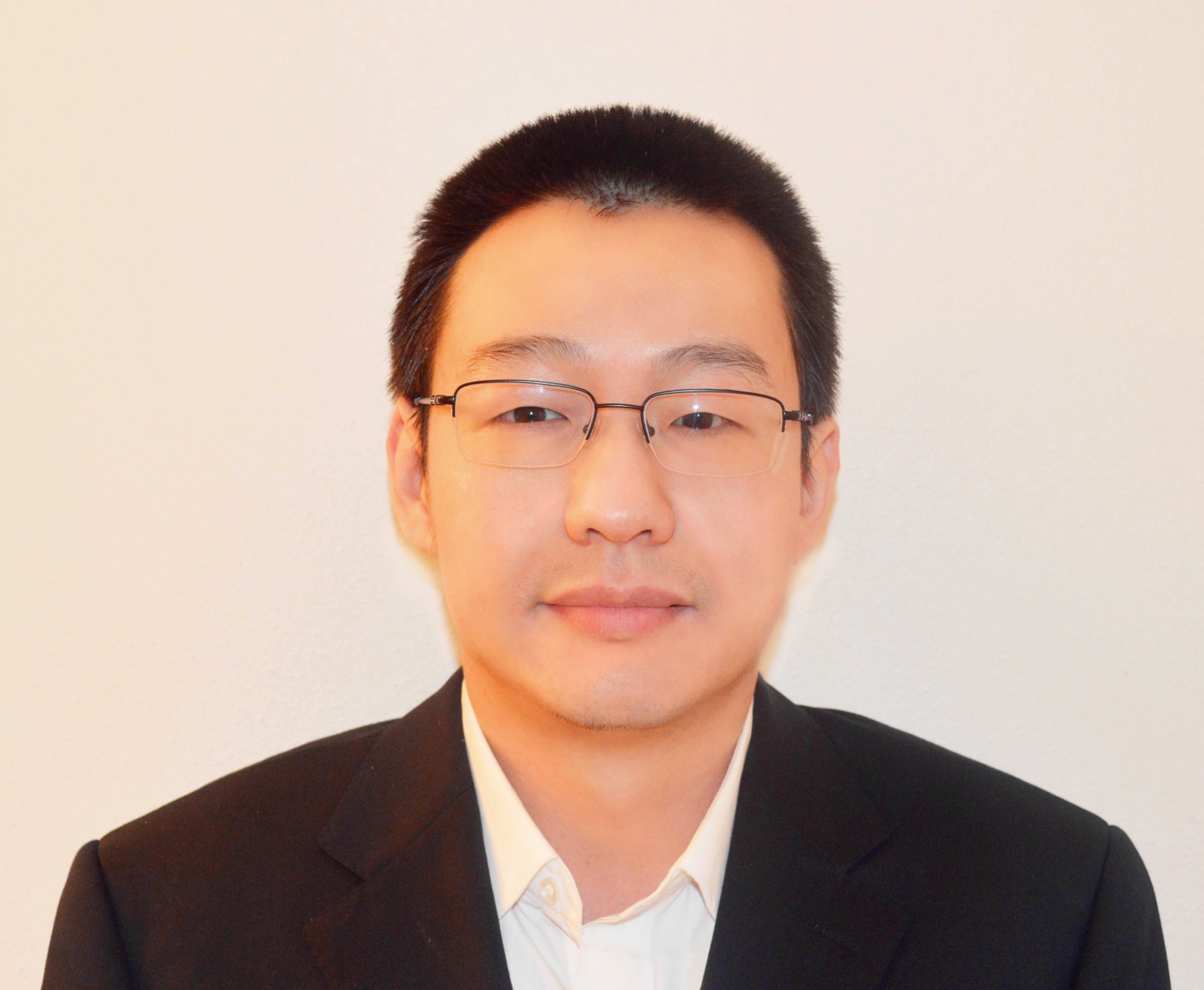Chenxi Zeng is a current Ph.D. student at the Stewart School of Industrial & Systems Engineering (ISyE). He is graduating this May and will be continuing his work in Seattle, WA, as a research scientist for Amazon Web Services (AWS). He received the Georgia Tech Research and Innovation Conference (GTRIC) fellowship for his dissertation, in the amount of $5,000, as well as the 2015 Doing Good with Good OR Award at INFORMS.
I recently sat down with Zeng to ask him about his research focus and his work with Amazon.
What is your educational background, prior to coming to Georgia Tech?
I’ve earned a bachelor’s in mathematics at Xi’an Jiaotong University in China, and a master’s degree in computer science at the University of Texas at Dallas.
Why did you choose Georgia Tech, and ISyE, for your graduate studies?
Georgia Tech is an excellent engineering school. In particular, ISyE is not only the largest industrial engineering program in the nation, but it also has many outstanding researchers. I was interested in mathematical modeling and optimization, and I believed I could strengthen my knowledge of operations research and contribute my talents here.
Give an overview of your dissertation, and why you focused on this area for it.
My dissertation stemmed from a collaboration between ISyE and the American Red Cross (ARC) back in 2012. Assistant Professor Turgay Ayer and Professor Chelsea White, ISyE Schneider National Chair in Transportation and Logistics, determined that ARC potentially benefit from a significant cost-savings if we could convince ARC to change their cryo – a key blood product – collection policies.
Since then, we’ve found very interesting theoretical results (structural policy), provided extensive numerical results, and delivered a decision support tool (DST). My dissertation – and our paper on this work –show that our innovative blood collection method can save up to 70 percent of the cost due to cryo collection, and our DST has been implemented.
We found that due to the tight time constraint necessary for making cryo, the ARC spent a lot of money in transporting whole blood product. We improved the cryo collection policies by taking the advantage of the backhaul in the blood collection. We built a Markov Decision Processes model to generate decision support and analyze the societal impact.
What was it like to win the GTRIC fellowship for your work on cryo collection?
I presented preliminary results of the ARC cryo collection at the GTRIC in 2013 and won the GTRIC fellowship. I want to thank Georgia Tech for providing me with this excellent opportunity. This experience gave me more confidence to dive deeply into the research.
Following on the heels of the GTRIC fellowship, what was it like to win the 2015 Doing Good with Good OR Award at INFORMS? What did this tell you about the importance of your work?
It is a great honor. This is a nice result of our three-year industry-academia collaboration. I want to express my highest gratitude to the people who are actively involved: Professor White, Professor Ayer, Professor Vengazhiyil, and Can Zhang, another Ph.D. student in ISyE. There is no doubt that we’ve been doing meaningful work, and we will continue to work with ARC to improve their blood collection policies.
Even though you’re graduating this semester, you’re already working full-time for Amazon Web Services as a research scientist. Could you describe what you do as a research scientist, and how you got connected to your current position?
Amazon is growing very fast — especially my division, AWS. There are quite a few operations research scientist positions in Amazon, and I was referred by my colleague, who is also a Yellow Jacket.
My typical work includes analyzing data, building mathematical models, and providing decision support. I work with Amazon’s business people and software engineers to optimize the cloud computing’s supply chain.
What is one of the most challenging projects you’ve worked on for Amazon?
Business problems are often poorly defined, and the raw data is very messy. I must spend considerable time learning the domain knowledge from the stakeholders, then spend some time familiarizing myself with the data – then clean it up. Sometimes, I must make a trade-off between optimality and complexity to deliver results in a timely manner.
What do you bring to Amazon as a Ph.D. in ISyE that you might not otherwise be able to contribute?
There are quite a few Yellow Jackets at Amazon! I think as a Ph.D. in ISyE, I contribute my expertise in operations research as follows:
1. Think about the business problem holistically, and possibly propose a new prototype.
2. Use up-to-date technology to solve the problem and provide better decision support.
3. Similar to what a project manager does, work with business people and developers to implement a better method and make an impact on the business.
What do you like to do in your free time?
I love to work out. I went to the Campus Recreation Center almost every day at Georgia Tech. Living in the Northwest, I now like hiking. I also like to cook, making healthy food for myself. I love magic tricks.
What, if any, are your post-graduation plans?
I will continue to learn new things, work hard, and make an impact in my company.

